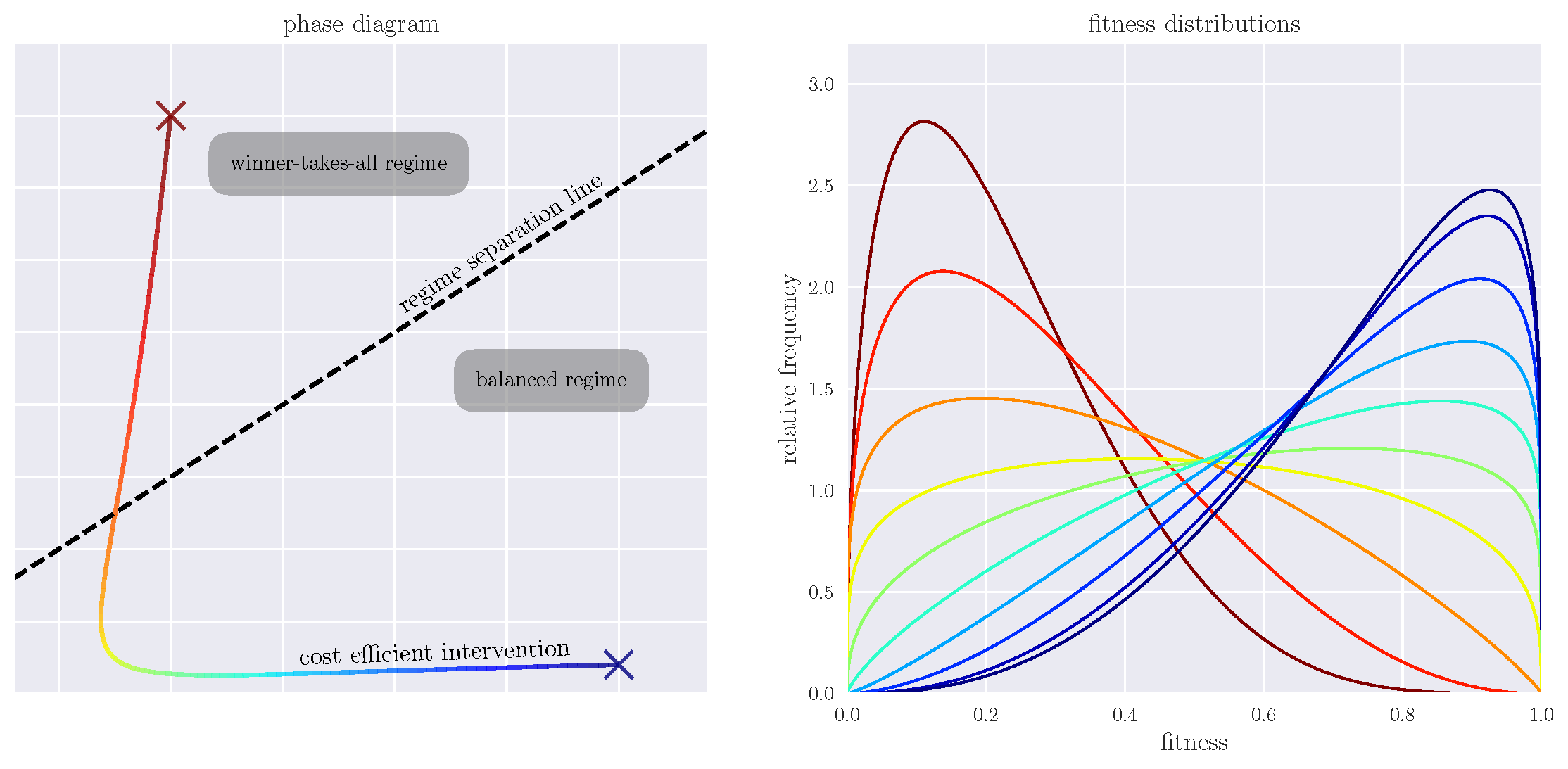Details
Researchers Led by Sandro Lera, Assistant Professor at Risks-X, SUSTech, Published an Article in PNAS, Developing New Method for Dynamic Monitoring of Centralization Risk
2020 / 10 / 30

Recently, researchers led by Sandro Lera, Assistant Professor at Risks-X and Division of Information Systems & Management Engineering, SUSTech have developed a new method for dynamic risk control in complex networks. In their study titled Prediction and prevention of disproportionally dominant agents in complex networks, published recently in PNAS, the researchers present a framework to monitor a system’s distance from a state of unstable centralization. When the system approaches such a state, they show how to structure an optimal, cost-efficient intervention policy to push the system back into the stable regime. These results have important implications for regulators with respect to anti-trust policies, taxation law, subsidies or development aid.
In today’s digital society, a handful of companies are responsible for most of the internet traffic in China. Such dominance on the internet is not self-contained, but transcends the economy as a whole. For instance, last year, the top 10 internet companies constitute more than 94% of revenue from digital advertising. Top company Alibaba accounted for 58% of e-commerce sales in China, three times of the second largest e-commerce company JD. Such unprecedented digital monopolies have important implications for economics and society. But how can one tell that a company is too large? At what point should regulators interfere and how? In their article, SUSTech’s researchers present a framework to answer these and similar questions. Their approach relies on complex network theory, whereby agents (for instance firms in an economy) are interacting with one another. This representation makes their model broadly applicable, with use cases ranging from biophysical to socio-economic systems.
Just by measuring the rate of interactions between agents in a given system, they can calculate what they call “distance to centrality”. Once that distance is zero or less, the system will eventually be controlled by just a few agents, no matter what the system size. The winner-takes-it-all.
Surprisingly, their calculations show that the existence of disproportionally dominant agents is a result of the entire distribution of (economic) fitnesses. So, it is not simply the large firms that are to be blamed for their large-scale influence. Rather, their influence is a consequence of the comparatively many “weak” agents, that cannot sustain economic competition. This suggests that acting on the most dominant players by means of punishment is will not be effective. It may transiently decrease their influence but is short-lived as the growth dynamics leads to the resurgence of new firms that dominate in a similar manner.
Based on these insights, the researchers derive a cost-efficient intervention policy that guides the (economic) system back into more stable regimes. Instead of punishing the fittest agents, e.g. in form of anti-trust-laws, it is the weakest that are to be supported and benefitted. Their model emphasizes the importance of addressing the economy as a whole, and focus on developing a competitive population. This way, highly fit, yet underdeveloped agents have the chance to challenge larger ones, and contribute to an overall more sustainable and balanced economy. This research highlights the importance of vigorous holistic interventions, with important implications for the structure of regulatory matters such as anti-trust policies, taxation law, subsidies or development aid. Given the generic set-up, straightforward implementation and robustness to noise or incomplete data, their methodology has the potential of becoming a standard tool for dynamic risk monitoring.

Figure 1: (left) Two-dimensional phase diagram where each point in space represents a specific shape of the overall distribution of (economic) fitness in the system. Distributions above the dashed regime separation lines are the ones that give rise to growth dynamics ending in disproportional dominance (the winner-takes-all). The continuous, colored line represents the most cost-effective intervention policy that pushes the system from an unstable point (red cross) to a stable point (blue cross). (right) Shape of distributions along the path of optimal intervention. Most notably, the initial distribution inside the winner-takes-all regime (deep red line) is one where most agents are of low-fitness. By contrast, the final distribution in the stable regime (deep blue line) is populated by agents of high fitness, fueling a healthy level of competition.
The first author of this paper is Sandro Lera, a tenure-track Assistant Professor at Risks-X and Division of Information Systems & Management Engineering of SUSTech, and supervisor for postdoctoral students. He is also a visiting scholar at the Massachusetts Institute of Technology (MIT), where he was previously working as a postdoctoral researcher at MIT Media Lab supervised by Alex Pentland, the well-known data scientist. His research directions are mainly in complex systems, network science and quantitative finance, etc. Prof. Lera also has an industry background in algorithmic trading, developing quantitative trading strategies for several companies and across different asset classes. The co-authors of the paper are Prof. Alex Pentland from MIT and Prof. Didier Sornette, Dean of Risks-X, SUSTech.

